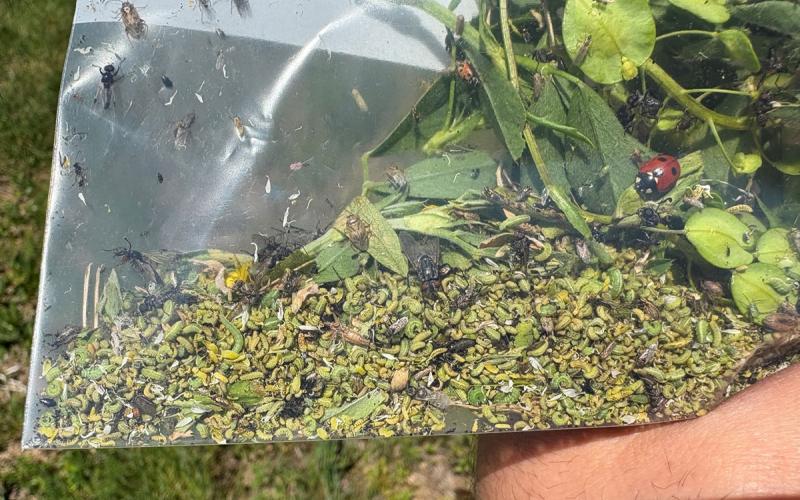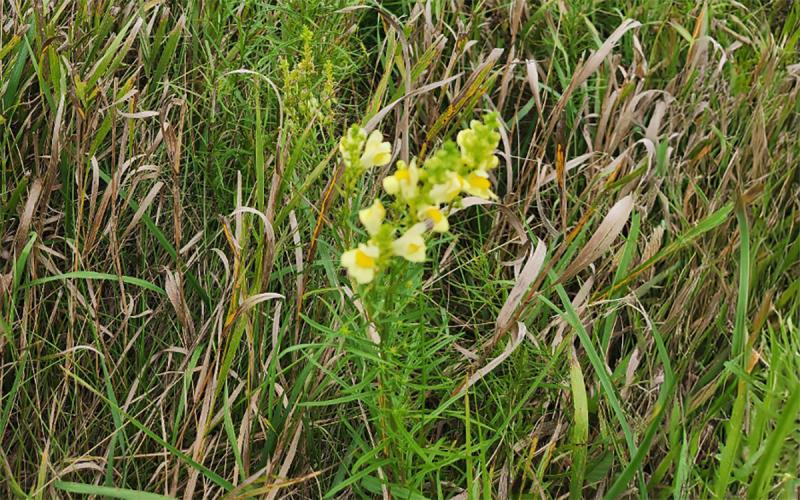
Written collaboratively by Adam Varenhorst, Philip Rozeboom, Patrick Wagner, and Brad McManus.
The lowest calculated degree days in South Dakota indicate that fourth instar larvae should be active, while the highest calculated degree days suggest that pupation is occurring in the field.
It is important to remember though, that scouting should continue as the degree day estimates have not aligned perfectly to South Dakota alfalfa weevil activity for the last few years.
In addition, alfalfa weevil larvae have been observed into the second cutting. The best way to avoid loss caused by the alfalfa weevil larvae is to monitor fields for the larvae and defoliation.
Calculating Degree Days for Alfalfa Weevils
To monitor for alfalfa weevils, we can estimate activity based on degree day accumulation. The equation for degree days is:
(Maximum daily temperature + Minimum daily temperature) ÷ 2 - The Developmental Threshold
For the alfalfa weevil, the developmental threshold is 48 degrees Fahrenheit. This equation is used for days during which the maximum temperature exceeds 48 degrees Fahrenheit. In cases where the minimum temperature is lower than 48 degrees Fahrenheit, the actual temperature is substituted by the 48 degrees Fahrenheit developmental threshold, since no development is occurring below it. Degree day accumulation begins on January 1. First overwintering adult alfalfa weevil activity is generally observed around 200 degree days, and larvae hatch is generally around 300 degree days (Table 1).
The alfalfa weevil has four larval instars, with the first being the smallest larvae and the fourth being the largest larvae. The later instar larvae will consume additional leaf tissue, which results in increased defoliation. As a result, management would ideally be done while larvae are still in the first and second instar growth stages.
|
|
Alfalfa Weevil Activity (Overwintering as Adults) |
|---|---|
|
|
Limited to no activity of alfalfa weevils. |
|
|
Overwintering adult activity is observed in alfalfa fields (begin scouting fields). |
|
|
Spring laid eggs hatch. First instar larvae begin feeding. |
|
|
Second instar larvae feeding. |
|
|
Third instar larvae feeding. |
|
|
Fourth instar larvae feeding. (Period when greatest damage will occur) |
|
|
Pupation. |
|
|
Adult emergence (will overwinter). |


